Yellow flower succulent For Home Garden
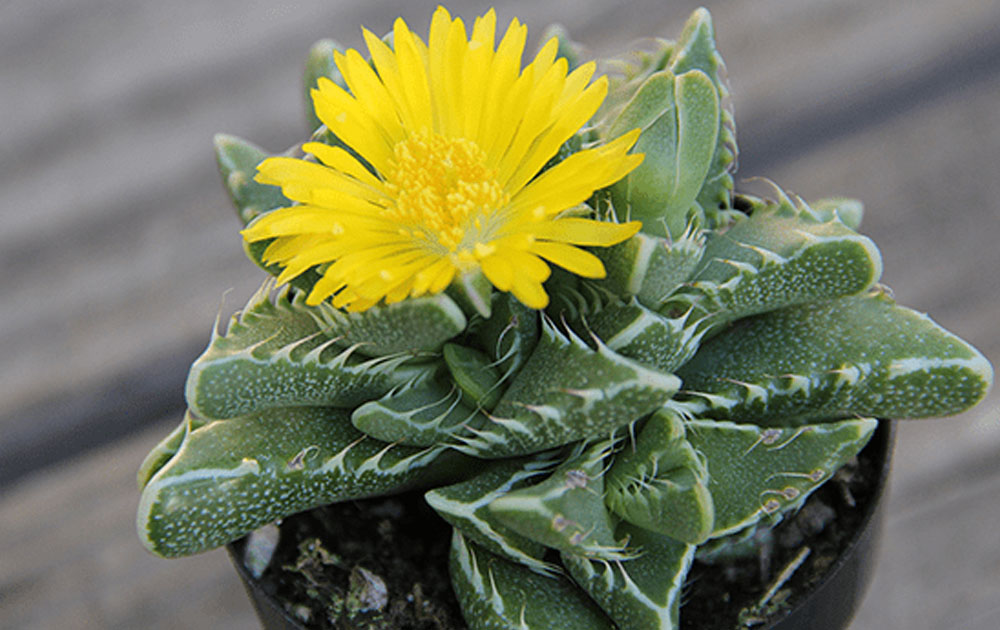
Yellow flower succulent For Home and Garden is used to add an attractive appeal. Yellow is one of those hues that instantly lifts your spirits when you see it. It denotes pleasure and cheerfulness in almost every culture, making it an excellent hue to surround yourself with.
In our house and yard, we want to plant at least a few succulents with yellow flowers. Their bright yellow flowers make us happy and look great with the other succulents in our succulent collection!
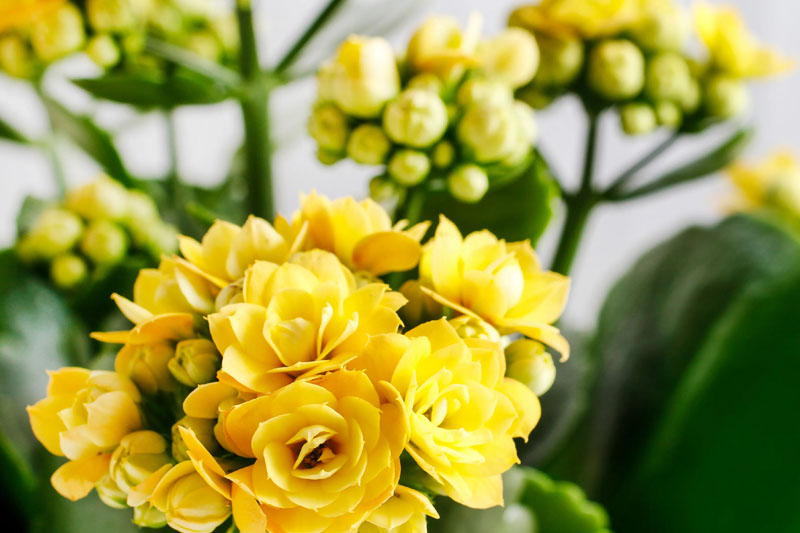
Yellow flower succulent
Succulents are known for their bright, gem colours and spunky shapes. The variety of diverse options provides an opportunity for a unique plant collection with any colour succulent you can dream of, but yellow succulents are some of the very best
If you adore the colour yellow just as much as we do, stay reading to find out more about the following beautiful succulents having yellow flowers!

Delosperma nubigenum
This is an evergreen succulent that forms mats and has vibrant yellow daisy-like flowers. Blooming constantly from late spring to autumn, the blooms cover the leaves of tightly packed, lush leaves.
Winter foliage turns bronze. The vibrancy of the flower colour, along with the plant’s long flowering season and evergreen leaves, adds to its attractive value. Perfect for rock gardens or as a ground cover.

Japanese Golden Sedum
These stone crops are widespread in Japan and are commonly found in rocky valleys. The delicate appearance is due to the tiny, glossy leaves. Sedum makinoi is cold hardy and easy to care for, growing to less than 5 inches tall and flourishing in partial to full light. They are also known as Japanese Golden Sedum.
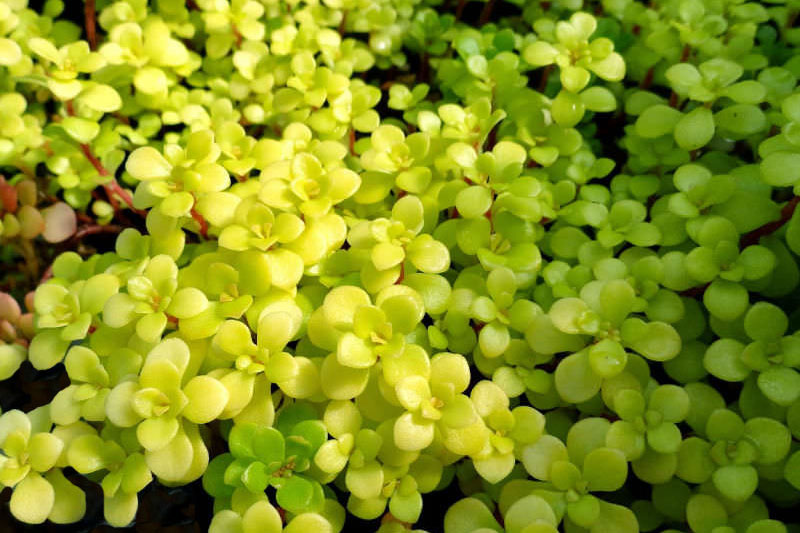
Campfire Plant
Warm succulents with thick leaves and a beautiful rosebud form. They may grow to be about a foot tall and two to three feet broad. Crassula capitellar blooms with white flowers when it is happy, making it a lovely and cheerful plant to have.
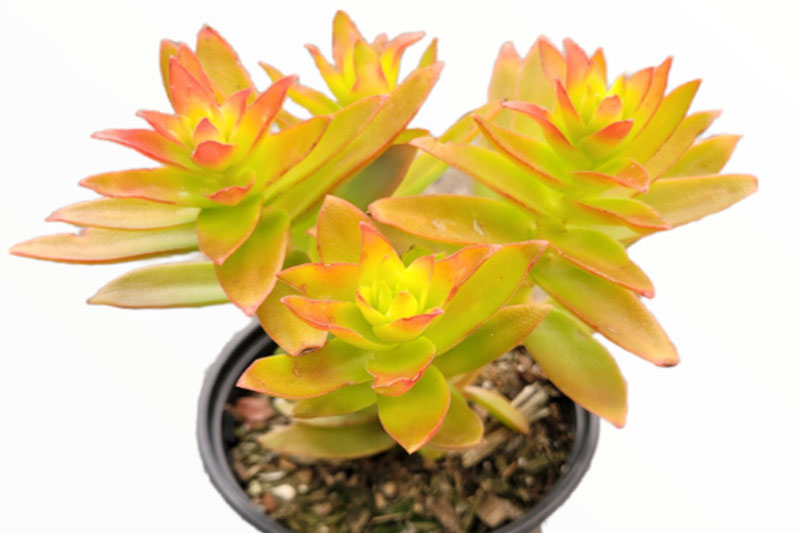
Tiger jaws
It is a tough, slow-growing succulent with low rosettes of succulent, triangular leaves edged with spiky “tooth.” The teeth are evolved adaptations that assist the plant in directing precipitation and dew down the plant’s base, where it may be absorbed by the roots.
The plant gets its name “tiger jaws” and another common name, “shark jaws,” from the fearsome appearance of its soft spikes. The spikes are actually fairly delicate to the touch. Beautiful yellow arching long slender petals adorn the Tiger jaws. These bloom from late fall to early winter & require at least 3 hours of bright sunlight. Flowers will bloom about lunchtime and close before the evening.
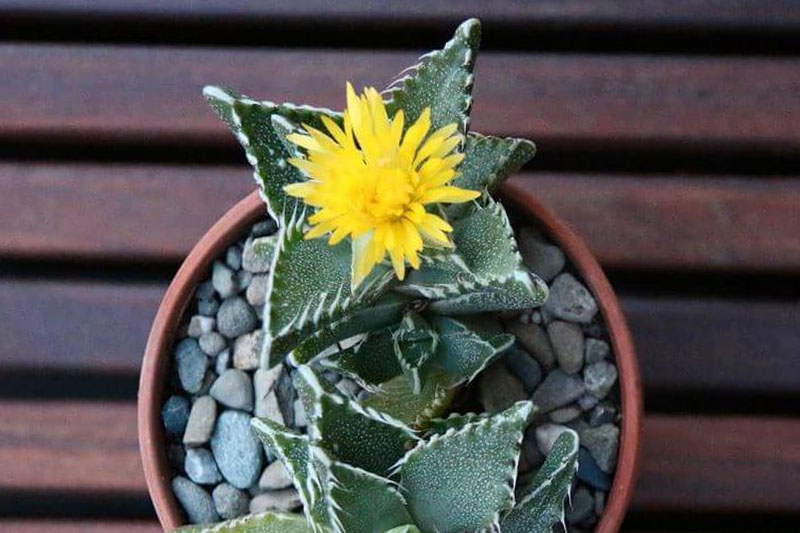
Rebutia krainziana
This is a tiny cactus with spherical leaves. The dark green stem is initially solitary, but after three or four years, spherical offsets sprout in a ring around the original stem’s base to form a tight cluster.
Its clusters can grow up to 15 cm in size. On the stem, white and tiny areoles stand out. White spines cover the areoles, which are small, short, and delicate. The huge red funnel-shaped flower opens in the spring from the base of the stalks. The blossom might be orange, yellow, or white at times very rarely.
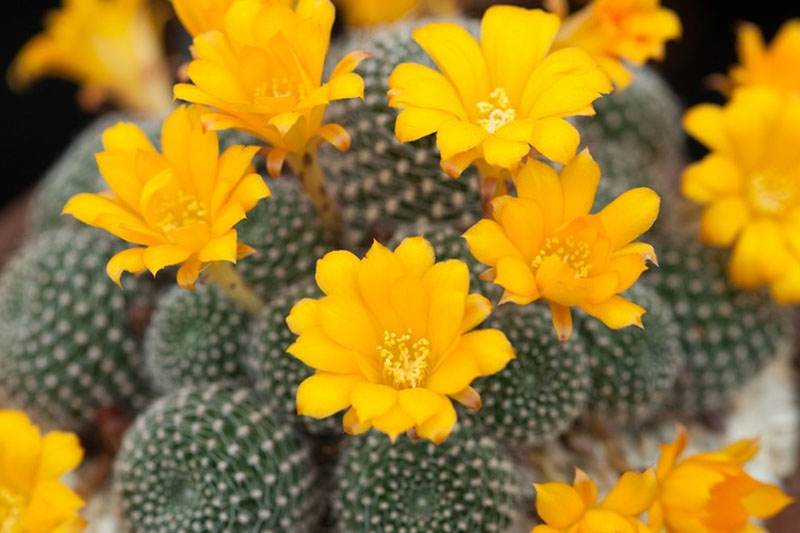
Coppertone Sedum
When completely exposed to sunshine, this Sedum reveals its bright yellow colour. Sedum nussbaumerianum is a little plant that may grow up to 8 inches tall and has two-inch broad rosettes, yet it makes an excellent houseplant. Coppertone sedum plants are covered with blush-toned starry blooms in the spring.
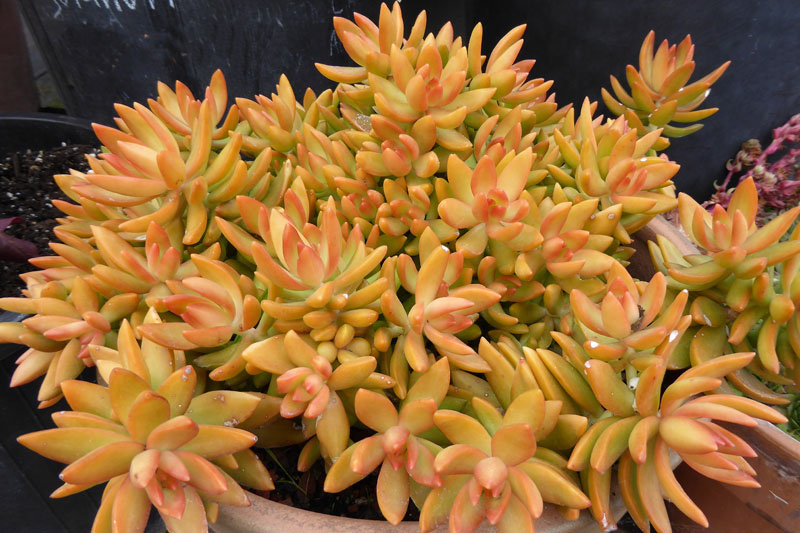
Florist kalanchoe Yellow flower succulent
This Kalanchoe is well-known for its large, lovely blossoms! The plant comes in a variety of hues, including red, white, pink, orange, and, of course, yellow. Florist Kalanchoes are widely accessible in grocery shops and garden centres, either half or completely bloomed, so you should be able to find one in your chosen hue!
In the springtime or late fall, this plant may develop & bloom on its own. However, some plants are picky and will only bloom once unless forced to.
We hope you obtain a self-blooming plant, but if not, you may maintain it in a dark area for 12 to 14 hours a day. Blooms should occur after a few weeks. Then you may take it out of the dark chamber and back into the light, where you will be able to enjoy numerous blossoms! If you don’t have enough light, consider using a grow light; we know that certain countries, such as Sweden, stay dark over significant periods of time throughout the winter!
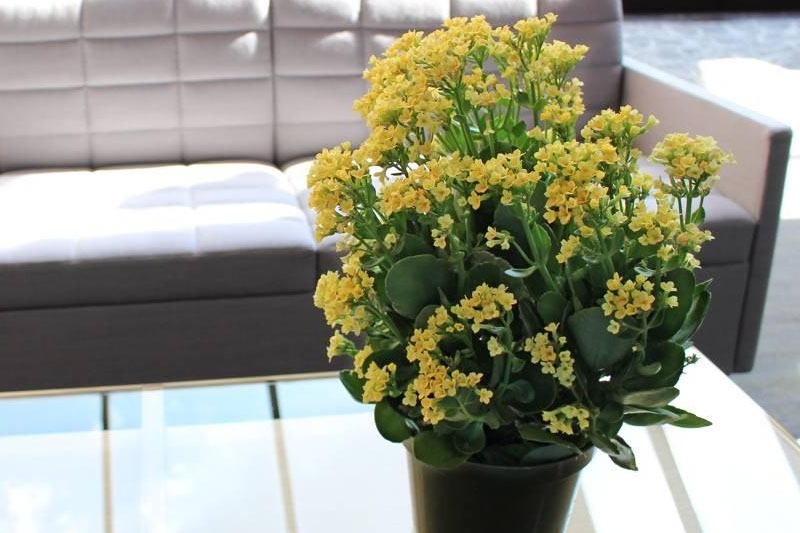
Gold Bug (Sempervivum heuffelii)
Gold bugs are bright succulents with red, pink, and yellow golden tones throughout the winter. Outdoor sunshine that is intense and continuous will help these succulents to reveal their best golden colours while maintaining a tight rosette form. Sempervivum heuffelii are hardy plants that may survive even beneath a coating of snow in the winter.

Tree of Love Yellow flower succulent
Aichryson Laxum, often known as the Tree of Love, is a popular indoor plant known for its unusual look and ease of cultivation, especially for beginner gardeners. The plant was given the name “Tree of Love” because of its heart-shaped leaves. The plant seldom grows taller than 30 cm, with upright stems and numerous slender branches.
The leaves are big, spoon-shaped, and dark green in colour. They are put together in sockets just at the ends of twigs. Petioles are short. The hue of the leaves changes depending on the lighting. In direct sunlight, they turn brownish-green or khaki. The Tree of Love blooms in the spring and can endure for up to six months. The plant may fade after blossoming.
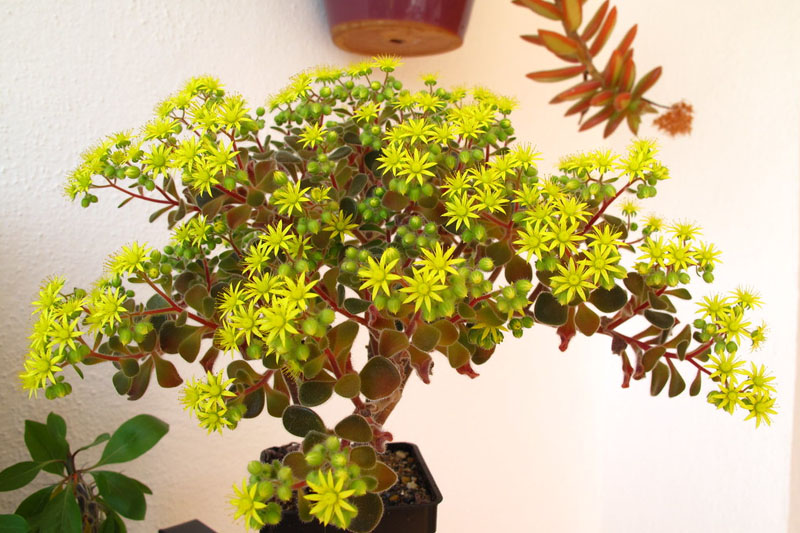
Baby toes yellow flower
The baby toes plant is distinguished by little transparent windows along the tops of its leaves, which have a waxy sheen. These leaves enable light to enter through and give the plant a very pleasing appearance. This plant has deep roots with no or little stem.
The daisy-like flowers bloom in groups of twos or threes from the late summer to spring season. They are either white or yellow in appearance and have no smell in general. Fenestraria is a low-growing plant. The finger-like leaves grow in erect clusters 3″ to 6″ tall. If it has a stem, it is generally rather tiny.
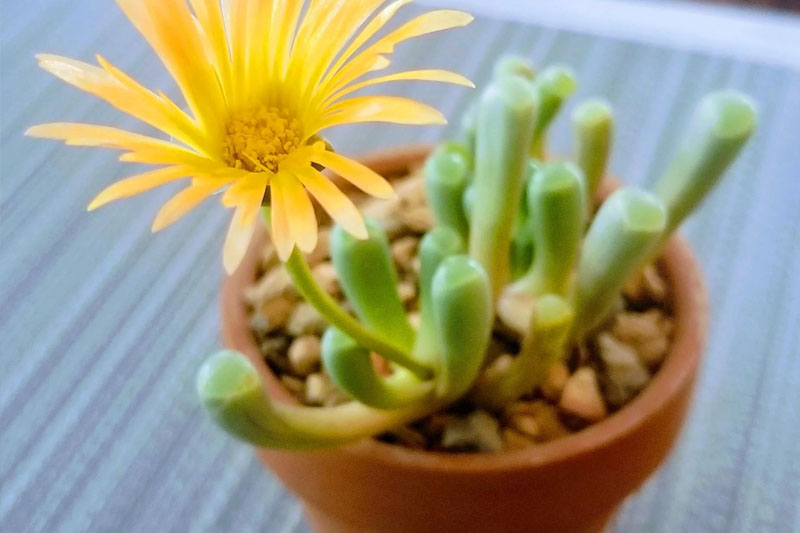
Lithops with yellow flower
These plants have two merged bulbous leaves with a split in the centre and generate leaves in the springs as well as yellow or white flower blooms in the summer and fall. Lithops consists of at least 37 varieties and over 145 variants, all of which have a similar form but different colour combinations of grey, brown, rusty, green, and pink. These plants also feature characteristics like curving lines & dots, which give certain Lithops the effect of two brain hemispheres.
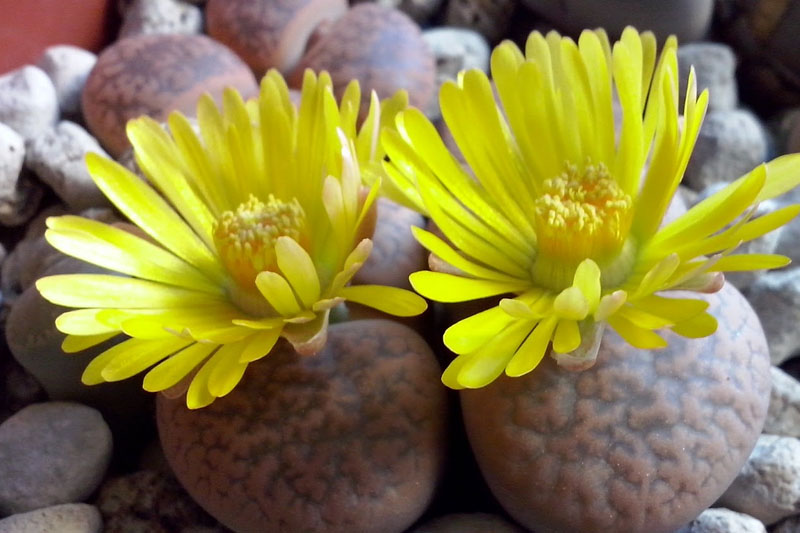

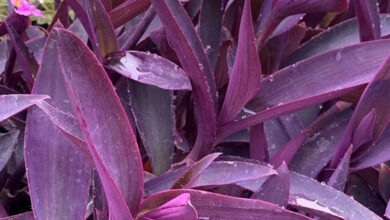
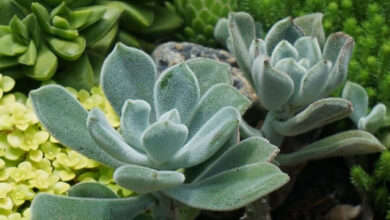
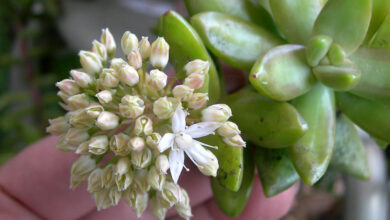
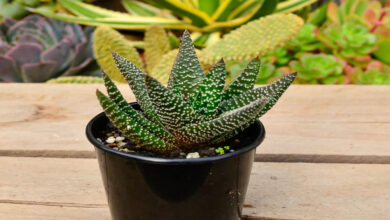
Can I simply say what a comfort to find someone that really knows what theyre discussing on the net. You actually know how to bring an issue to light and make it important. A lot more people need to read this and understand this side of your story. Its surprising youre not more popular given that you certainly have the gift.
https://empress-escort.com/escort-girls-beer-sheva/ Ray Marashi